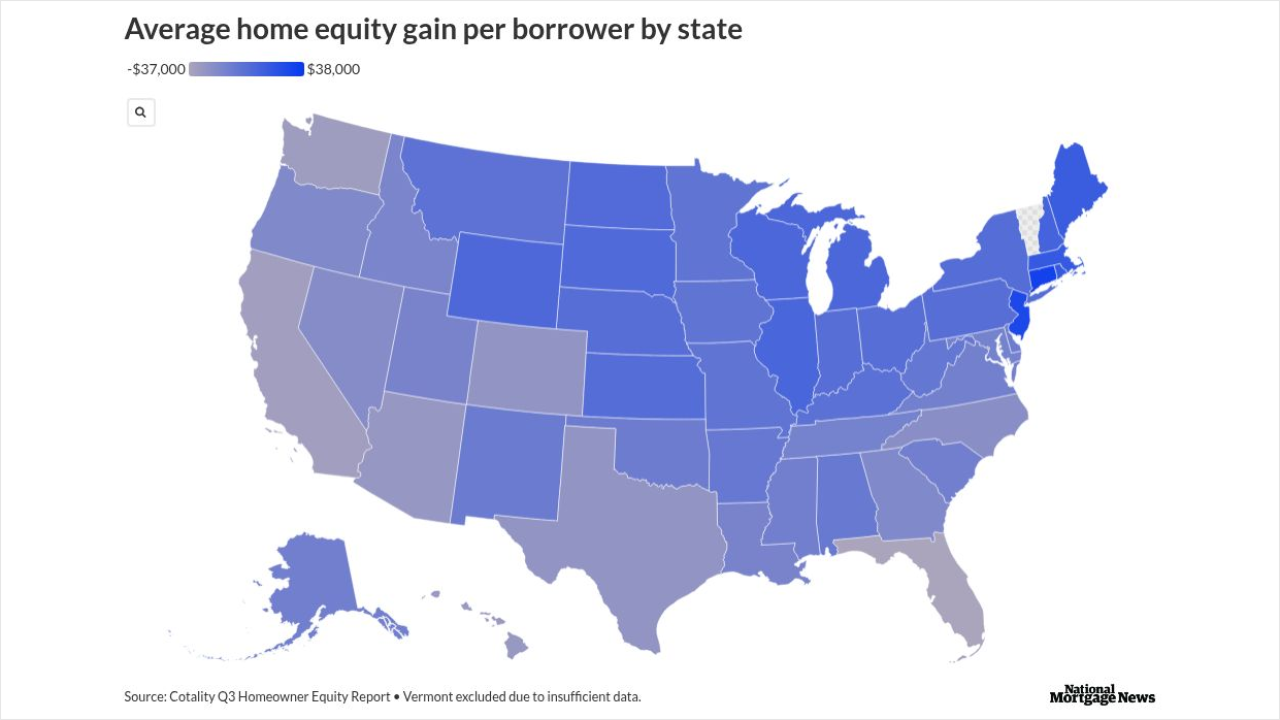Bear Stearns unveiled its mortgage performance index to investors last week, and will be releasing the report on a quarterly basis going forward. Electronic updates will be published monthly, company officials said.
The index tracks roughly 3,000 transactions in the non-agency originated mortgage market, using the payment histories on $1.73 trillion of originations culled from both the firm's internal database and third-party sources. The index incorporates the cash-flow status of delinquent loans, as well as prepayment speeds, and delinquency and default rates.
The index also takes into account the impact of steep home price appreciation on pools, and how the upward trend in home prices has effectively disguised bad loans. "Borrower defaults have been understated in recent years because record home prices have resulted in far fewer recorded losses - the traditional measure of default," said Gyan Sinha, senior managing director and head of asset-backed research at Bear Stearns.
Market observers have been concerned over the potential fallout should price appreciation slow and previously hidden defaults become all too apparent. In an effort to give investors a heads up - and to spot those originators and servicers working with lower quality loans - the firm's research team has adopted a "common sense" definition of a bad loan. If a loan disappears from a pool, and there have been no payments made and no cash generated from the loan over five payment periods, the loan will be used to calculate an implied default rate, Sinha added. Additionally, a loan that is in foreclosure, or owned by the lender and being marketed, would also be used to calculate that rate, he said.
The torrid pace of home price growth in some coastal regions during the past several years - particularly in areas of California - has been the cause of much speculation and prognostication in the ABS market and beyond. While many in the market refute the notion of a late 1980s-like housing bubble, most would agree that loans originated in Southern and Midwestern states have experienced more measured growth and are less susceptible to a downturn. "The discrepancy between reported defaults and implied defaults becomes larger the greater the regional appreciation in home prices," Sinha said.
Pool-level reports are aggregated into separate sectors, including prime, near-prime, subprime, seconds, scratch-and-dent and re-performing loans. Fixed and adjustable-rate loans are reported separately, and a summary line across shelves for each sector and vintage grouping is included to allow for a comparison between individual issuers and the average for similar deals. The reports will also monitor loans as they wend their way through the delinquency process toward either default or re-performing status.
"Our deal-level reports give investors the ability to better estimate the number of borrowers who are going to default from delinquency as opposed to those who are on a successful repayment plan," Sinha said.
Copyright 2005 Thomson Media Inc. All Rights Reserved.
http://www.thomsonmedia.com http://www.asreport.com





